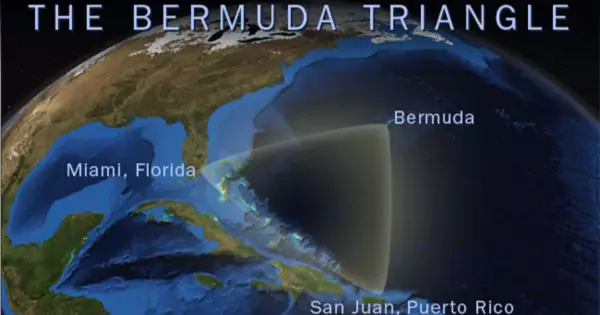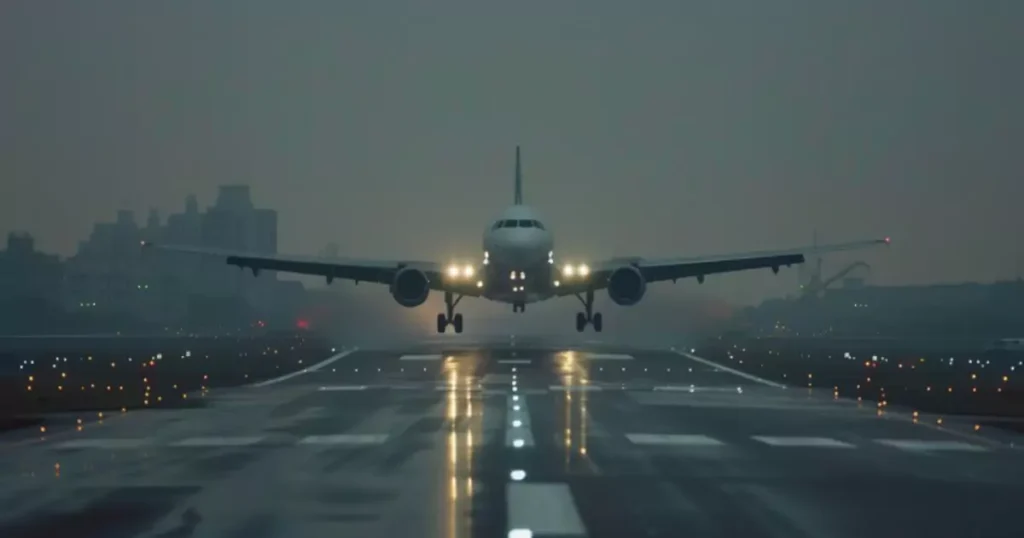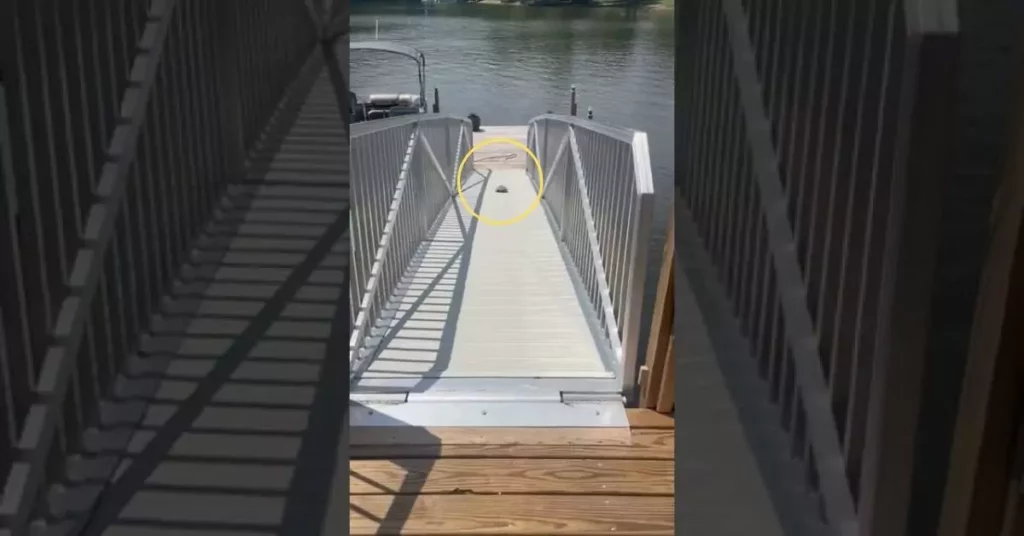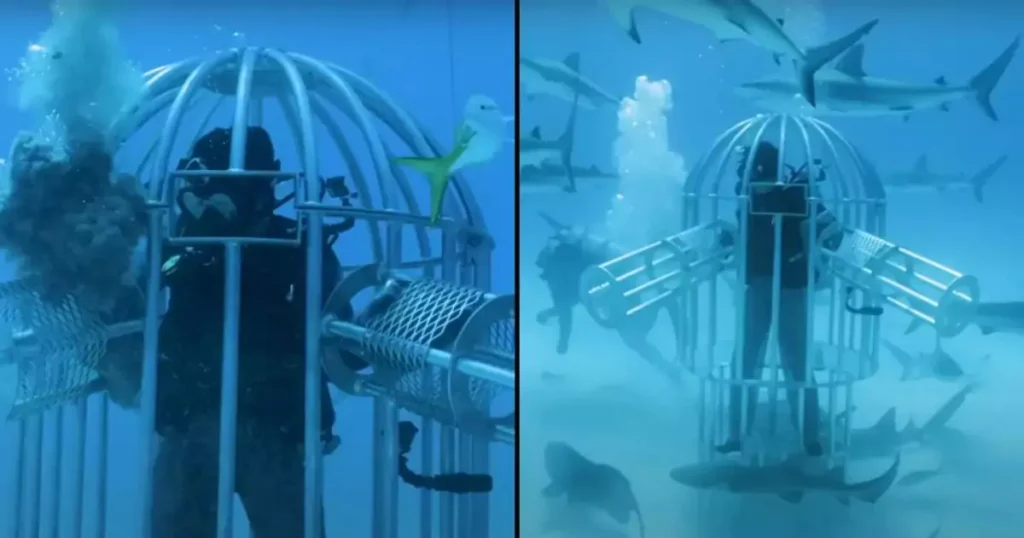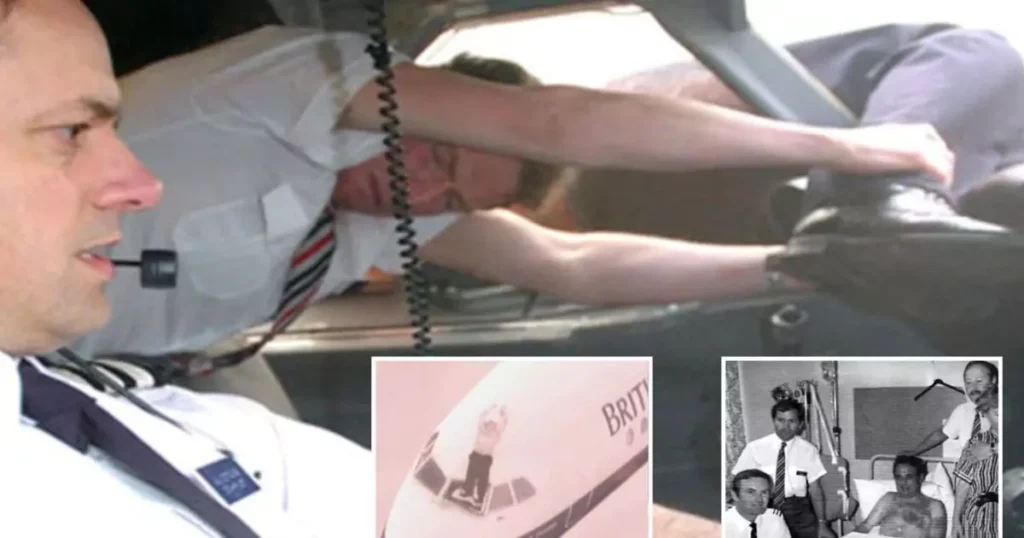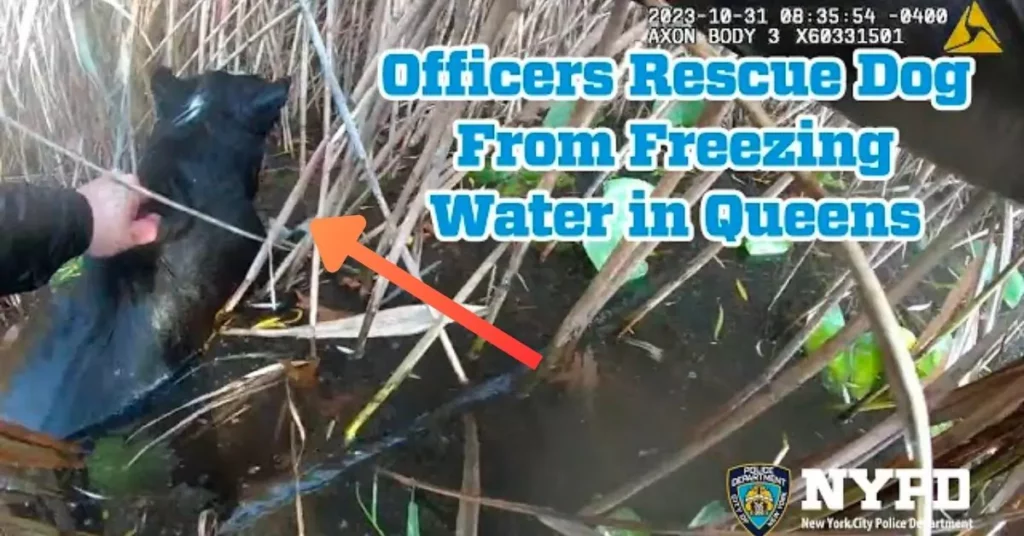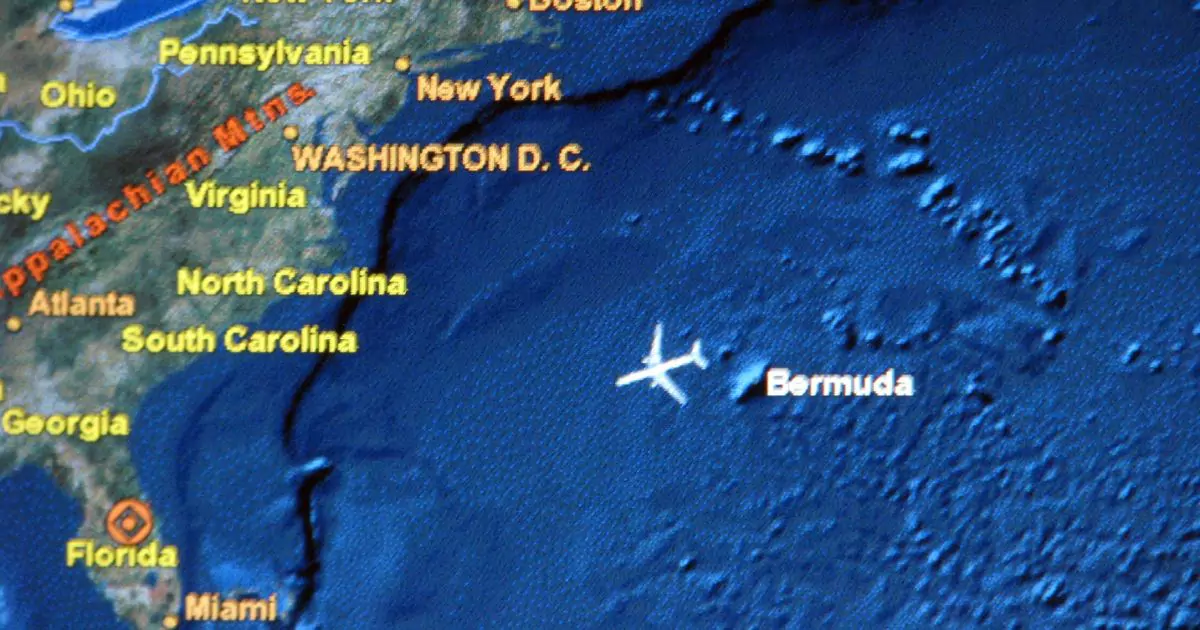
The long-standing enigma surrounding the Bermuda Triangle has puzzled many for decades. This notorious area between Florida, Puerto Rico, and Bermuda has become infamous due to numerous ships and planes entering it and never emerging on the other side. However, recent explanations suggest that this mystery has finally been solved.
Unraveling the Bermuda Triangle Enigma
Covering a staggering 700,000 square kilometers of ocean, the Bermuda Triangle is a highly busy patch of sea. Over the years, many conspiracy theories have been proposed, some more plausible than others. Some have suggested the existence of supernatural powers or extraterrestrial invaders capturing humans for experimental studies. Yet, these outlandish ideas lack scientific backing.
Scientific Insights into the Mystery
Australian scientist Karl Kruszelnicki has debunked the myths by presenting a simple scientific fact. He explains that the Bermuda Triangle’s unsolved mysteries are likely due to human error and bad weather, not any supernatural phenomena. The region’s proximity to the equator means it is prone to sudden storms and hurricanes.
He states, “It is close to the Equator, near a wealthy part of the world—America—therefore you have a lot of traffic.” Consequently, the high volume of ships and planes increases the probability of accidents. Moreover, the area does not exhibit any unusual characteristics that could explain the disappearances through mysterious means.
Human Error and Adverse Weather Conditions
Bad weather plays a significant role in the mishaps occurring within the Bermuda Triangle. Sudden storms can catch even experienced navigators off guard. Additionally, human error cannot be overlooked. Mistakes in navigation, miscommunication, or equipment failure can lead to tragic outcomes.
According to Lloyd’s of London and the U.S. Coast Guard, the number of missing vessels in the Bermuda Triangle is the same as in any other part of the world on a percentage basis. Therefore, the perceived danger is more a result of myth than reality.
The Case of Flight 19
One of the most famous incidents associated with the Bermuda Triangle is that of Flight 19. In 1945, a training flight of five Grumman TBM Avenger torpedo bombers took off from Naval Air Station Fort Lauderdale, Florida. The flight had 14 crew members, all experienced Navy airmen. Mysteriously, they never returned.
Investigation and Findings
For decades, the disappearance of Flight 19 fueled speculation and mystery. However, in 1975, librarian and historian Larry Kusche published his investigation about the phenomenon. After a comprehensive examination of official reports, he concluded that the reason for their disappearance was largely attributed to adverse weather conditions and human error.
He found that the flight leader became disoriented due to a malfunctioning compass. The weather worsened, and the pilots became lost. Eventually, they ran out of fuel and crashed into the ocean. Thus, the mystery was not due to any supernatural forces but rather unfortunate circumstances.
Similarities with Other Regions
The Bermuda Triangle is not the only area where ships and planes have disappeared. For instance, the Alaska Triangle has a high number of missing person reports. This similarity emphasizes that such incidents are not unique to the Bermuda Triangle.
The Importance of Navigation and Safety Measures
To prevent such tragedies, it is crucial to implement advanced navigation systems and safety protocols. Utilizing state-of-the-art GPS technology can help pilots and captains avoid disorientation. Regular training and adherence to safety guidelines are essential. Furthermore, investing in reliable communication systems ensures that help can be summoned promptly if needed.
Precautions to Ensure Safety
Given the potential risks, it is vital to take precautions when navigating through the Bermuda Triangle or any other busy maritime area.
Comprehensive Insurance Coverage
Having robust insurance policies for both vessels and cargo is essential. Marine insurance can provide financial protection in case of accidents or losses at sea. Additionally, life insurance policies for crew members can offer security for their families. This financial planning is crucial for mitigating the impact of unforeseen events.
Advanced Weather Monitoring
Investing in advanced weather monitoring equipment can help in predicting sudden storms. Access to real-time weather forecasting allows for better planning and decision-making. Avoiding travel during known hurricane seasons can significantly reduce risks. Therefore, staying informed is a key aspect of safety.
Proper Training and Emergency Preparedness
Ensuring that all crew members are well-trained in emergency procedures is crucial. Regular drills and safety training sessions can prepare the team for unexpected situations. Moreover, equipping vessels with adequate life-saving equipment like life rafts and emergency locator beacons is necessary. This preparation can make a life-saving difference during emergencies.
Reliable Communication Systems
Maintaining constant communication with coastal authorities and other ships can be lifesaving. Investing in high-quality communication systems ensures that assistance can be obtained promptly if needed. Additionally, utilizing satellite phones can provide a reliable means of communication when traditional signals fail.
Financial Planning and Contingency Funds
Establishing contingency funds or having access to quick personal loans can be beneficial in handling emergencies. Financial preparedness ensures that resources are available for immediate response and recovery efforts. Therefore, planning ahead can alleviate stress during critical times.
The mystery of the Bermuda Triangle has been demystified through scientific analysis. Human error and adverse weather conditions are the primary causes of the incidents in this region. There is no evidence to support theories involving supernatural forces or extraterrestrial activities.
By taking appropriate precautions and utilizing modern technology, the risks associated with navigating through the Bermuda Triangle can be mitigated. Understanding that this area is no more dangerous than other heavily trafficked regions allows mariners and pilots to focus on practical safety measures.
In conclusion, proper preparation, adherence to safety protocols, and continuous education are key to ensuring safe travel through the Bermuda Triangle and beyond. After all, embracing science over superstition leads to better outcomes and peace of mind.
Featured Image: tearbringer

